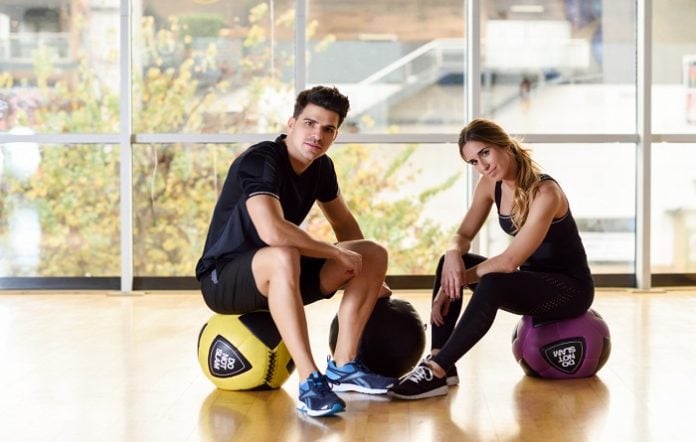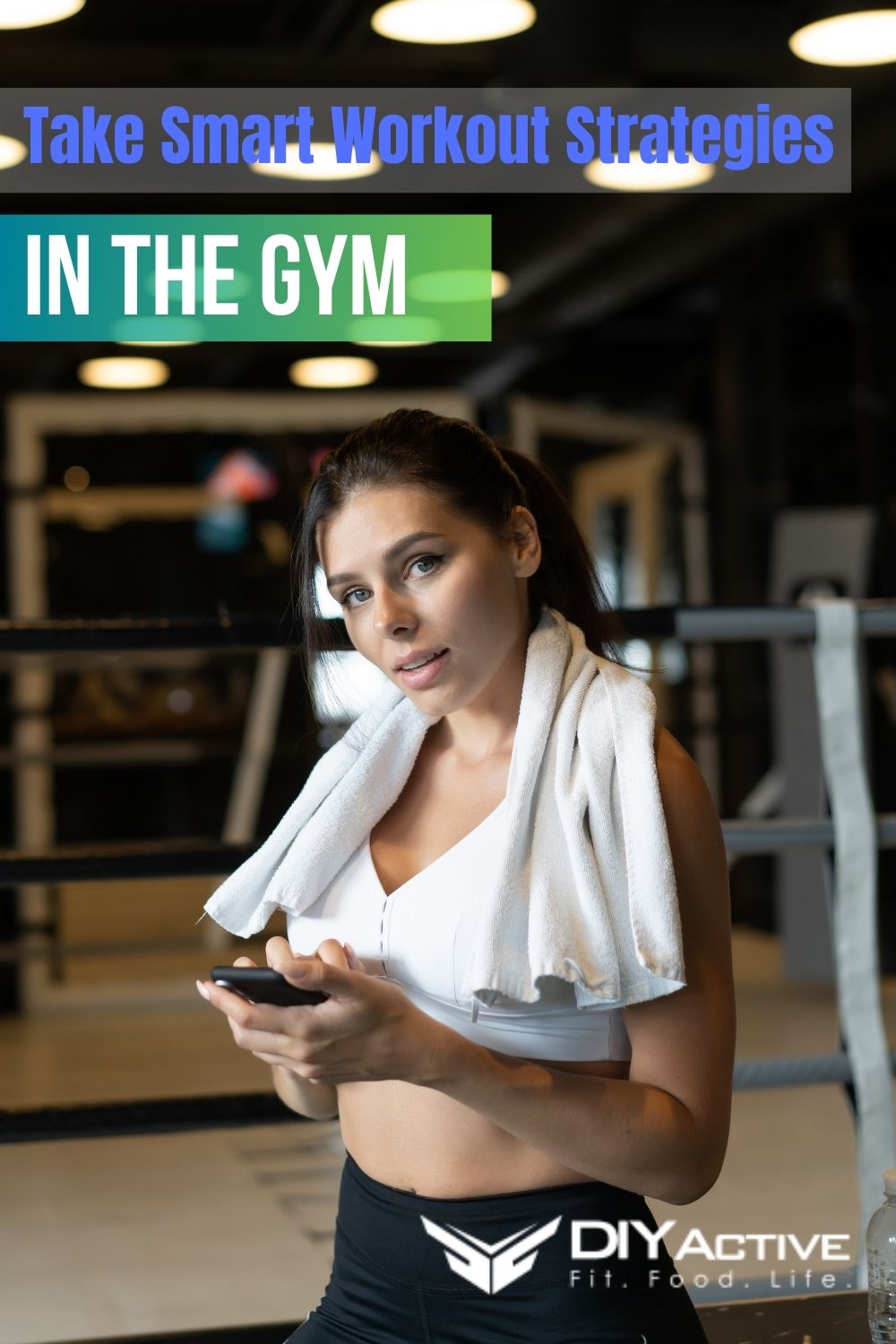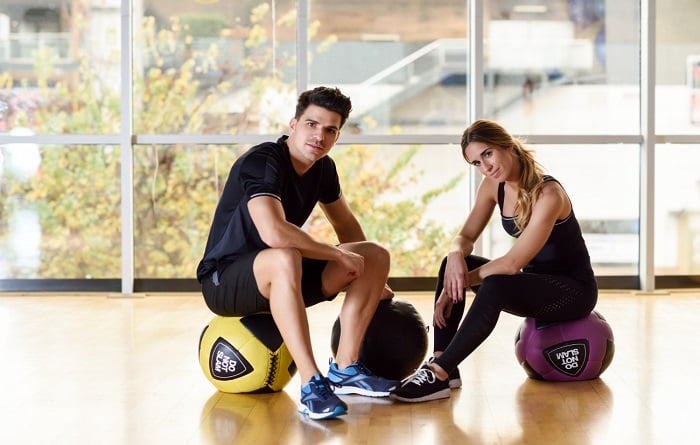
Let’s be honest—just getting yourself motivated to work out can be a feat. So when you finally make it to the gym, park, or studio, the last thing you need is someone making you feel uncomfortable. Whether it’s a creepy vibe, awkward stare, or someone getting a little too close for comfort, it can throw off your entire workout.
Smart Workout Strategies to Help You Feel Safe and Stay Focused
The good news? A little planning can go a long way in keeping you confident, calm, and focused on your fitness. Here’s how to work out smarter and feel safer—wherever you break a sweat.
Before You Go: Prep Your Peace of Mind
Taking a few moments to plan ahead can make a huge difference in how you respond if something feels off. Think of it as part of your warm-up.
- Share Your Location: If you’re heading outdoors, let someone know your route or turn on location sharing through your fitness app. Many apps even offer emergency alerts—check your settings!
- Know the Space: If you’re hitting a new gym or studio, take a minute to understand the rules and layout. If you’re going for a run or outdoor workout, review your route. Make note of well-populated areas or spots where you could find help if needed, like stores or parks.
- Pack Smart: Wear clothes with zippered pockets or carry a compact waist bag to secure keys, phone, and ID. If you’re indoors, make use of lockers or keep your bag close by.
When You Arrive: Stay Aware, Stay Grounded
Awareness is your best tool—not just for safety but also for feeling present and empowered in your workout.
- Check Your Surroundings: When you enter a new space, do a quick scan. Where are the exits? Are there any hazards like cluttered walkways or uneven terrain?
- Use Your Senses: If this is your usual workout spot, tune in to the “normal.” What do you usually hear, see, or smell? Noticing subtle changes can help you sense when something’s not quite right.
- Create Your Space: Set visual boundaries by placing a mat, towel, or water bottle near you. It signals to others that the space is taken and helps prevent unintentional crowding.
Respect Personal Space—Yours and Theirs
Working out near others means shared space, but that doesn’t mean your personal bubble isn’t important.
- Be Clear and Kind: If someone gets too close, you can say something simple like, “Hey, I just need a little more space to finish this set.” Friendly eye contact and a calm tone help keep things smooth. Not a fan of confrontation? Step slightly away or use your gear (like a weight or towel) to create more space.
- Notice Body Language: If someone nearby seems agitated—clenched fists, darting eyes, or tense posture—it’s okay to move away. Trust your gut.
- Handle Conflict with Confidence: If someone confronts you, keep calm. Speak clearly and hold your ground. Something like, “I’m just here to work out—how can I help you?” keeps the focus on resolution, not escalation.
- In Case of Emergency: If someone tries to harm you, your first move is to run and call for help. If you can’t run, get loud—yell that you’re being attacked and don’t know the person. Use anything nearby as a barrier or tool. If it comes down to it, fight back with full force—your hands, elbows, knees, feet—whatever it takes to get away. Remember: attackers want easy targets. When you fight back and make noise, you’re far less likely to be one.
After Your Workout: Reflect and Connect
- Take Note: Jot down anything that felt off—whether it involved you or something you noticed. Keeping track can help you spot patterns or identify potential risks early.
- Talk About It: If you felt uncomfortable or noticed someone else in a sketchy situation, talk to a friend or a staff member. Chances are, if it bothered you, someone else noticed it too. Sharing helps build safer, stronger communities
Bottom Line: You Deserve to Feel Good and Feel Safe
Working out should leave you feeling stronger, not stressed. A little awareness and planning can make a big difference—not just in avoiding problems, but in helping you feel more confident and in control.
So get out there. Move your body. Clear your mind. Take up space. You’ve got this—and the world is better when you feel strong, safe, and unstoppable.

دیدگاهتان را بنویسید